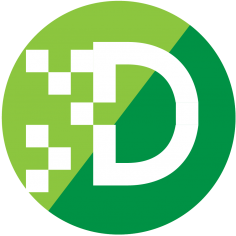
Counting Without Counting
One of the first things we learn in our life is counting. How difficult or easy is it though? How can seemingly complex mathematical concepts be helpful or necessary in order to efficiently count when it is not practically possible to count the objects one by one?
Discrete Mathematics and especially Combinatorics answer such questions using patterns, colorings, graphs and many other such tools. Some of them, such as the Fibonacci numbers, can be found in nature and art, but strangely also find application in kilometers-miles conversions or express the number of ways someone can climb a ladder going up one or two steps at a time.
In this course students will explore applications of Combinatorics in other sciences such as Computer Science and Economics, but also come in touch with problems from Mathematical Olympiads and riddles. They will also develop the ability to use abstract ways of thinking in real-life scenarios, and see applications of Discrete Mathematics in problems that scientists are called to solve.
